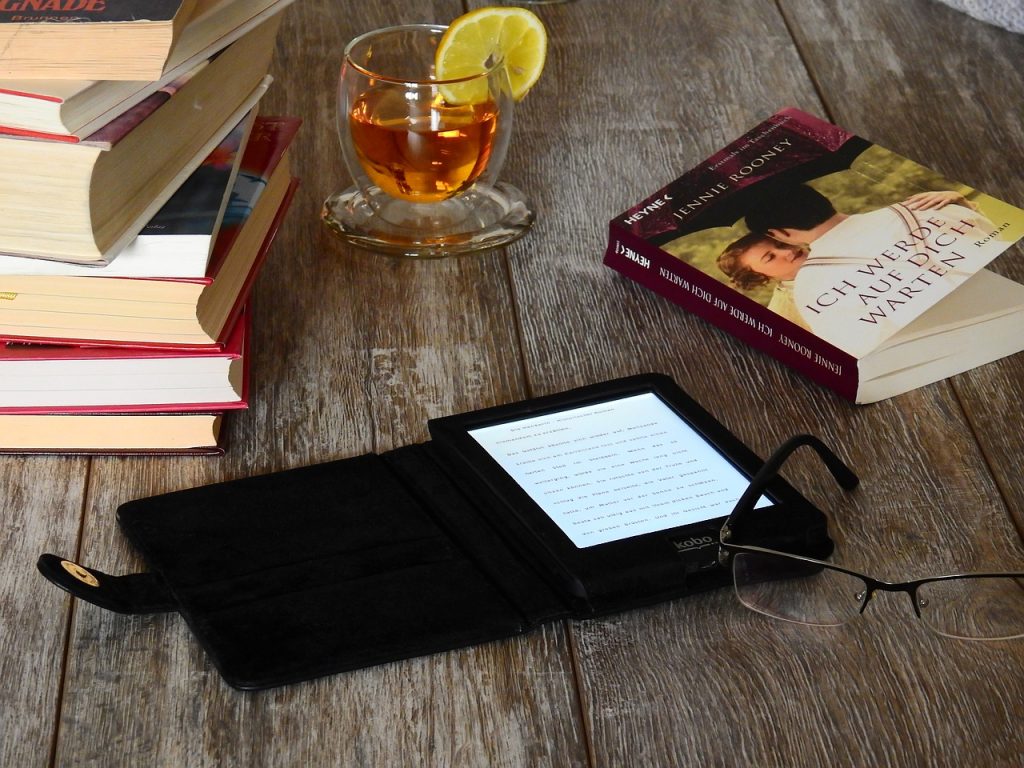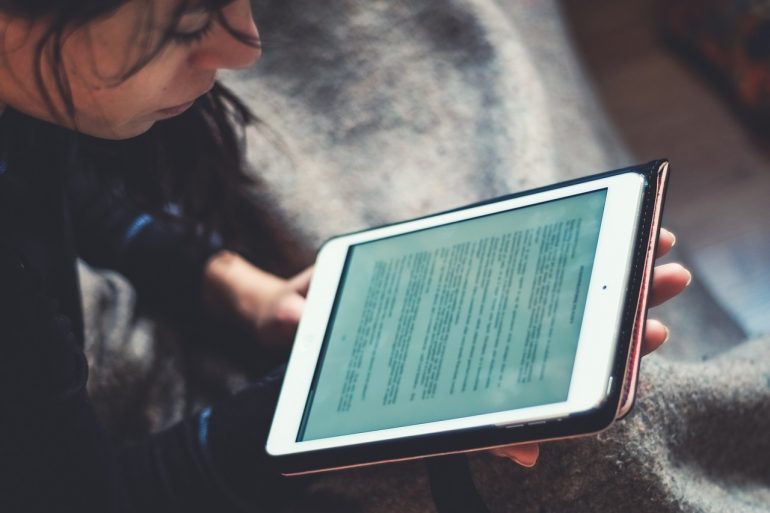According to this article by The Millions, a person by the name of Marie Kondo sparked a backlash when she told people to only keep 30 books in her tips on how to re-organize their homes. For people who don’t keep books, this sounded pretty reasonable (mostly because they only have 5 to 10 books themselves). But to those who love books like they were their children, what she said sounded like an urging to throw away or burn their books, much to their shock and anger.
In the end, Marie Kondo had to clear her intentions once again: if there are books you don’t want to read anymore or have no plans to re-read again then consider getting rid of your books. “The most important part of this process of tidying is to always think about what you have and about the discovery of your sense of value, what you value that is important.” No doubt that for bibliophiles, that still stings a bit: “what if you miss your book and want to read it again?” A valid concern. So consider this: instead of getting rid of your old books immediately, why not digitize them first?
A Digital Book
If you have a tablet or the latest flagship smartphone then you’re probably a bit knowledgeable about how computers work. It would be hard to find anyone who doesn’t these days. Kids especially are very tech-savvy. Well, there’s one piece of technology that might solve your bibliophile problem if you’re also trying to follow Marie Kondo’s decluttering tips: E-books. So how does an E-book work? Well, an e-book is a digital copy of a book, either by having someone transcribe the whole book into a digital form or by having the book scanned into high-resolution images then converted into native e-book formats. There’s also the technology that lets you scan books and the program automatically converts the images into text so you can customize your e-books. And just like how music has .mp3 or .wav formats, e-books have their own formats so a person can easily classify that file as an e-book. The most widely used format is .pdf, with .epub coming in second.
Advantage of E-books
According to Marie Kondo’s original message in her Netflix series, a person should only keep, at most, 30 of their most favourite books so they can make their shelves look tidier. But bibliophiles want to keep their books. If that’s so then digitizing the books is the best possible solution. They can shrink their books down into small files that they can fit into a reasonably sized microSD card and bring it around with them wherever they go. Imagine a whole library’s worth of books that you love, just in your pocket or device, ready to be read when you need it. There are advantages and disadvantages when it comes to using e-books. However, e-books are undeniably more advantageous in terms of portability.
How Do You Get Into E-books?
First, you need a scanner and software that you can use to convert your images or scans into the format that you want. If you already got a scanner you can just download the needed software from the internet. After that, you’ll have to get an e-reader app for the device you’ll want to store them in, be it your PC, your tablet, or your smartphone. Once you have your e-reader set up, you’re good to go.
From here on, you can practice good file keeping by categorizing the books in any way you want by putting them into folders or you can just have them sorted by name in just one folder. Or you can organize them based on how much you often read that book.

Conclusion
Digitizing your books is a great way of saving yourself some space. If it happens that you are in need of more living space and you opted to have your bookshelf removed, but hate the idea of losing your books, just digitize them and donate your books, preferably to the local library, where other people might discover their own reason for loving books.
1st Image: Via Pixabay
2nd Image: Via Pixabay
